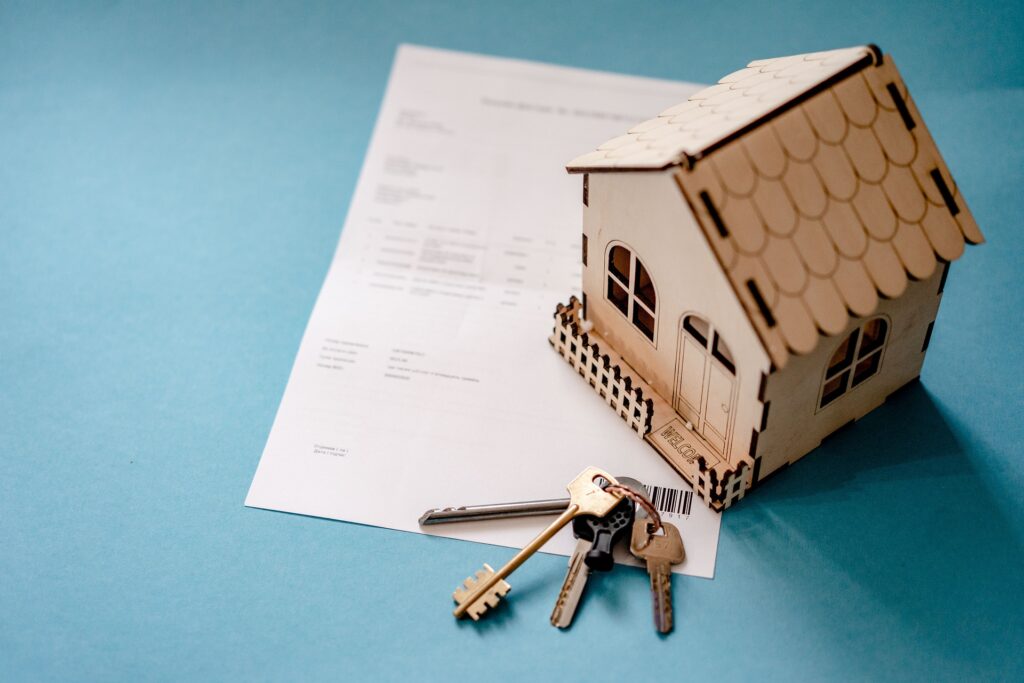Buying a house in the United States involves several steps. Here’s a general overview of the process:
1. Determine Your Budget: Before you start house hunting, assess your financial situation and determine how much you can afford to spend on a house. Consider factors such as your income, savings for a down payment, credit score, and monthly expenses.
2. Get Pre-Approved for a Mortgage: Obtain pre-approval for a mortgage from a lender to determine how much you can borrow and afford to spend on a house. Pre-approval shows sellers that you are a serious buyer and can strengthen your offer when making an offer on a house.
3. Find a Real Estate Agent: Consider hiring a real estate agent to help you navigate the home buying process. A good agent can assist you in finding properties that meet your criteria, scheduling viewings, negotiating offers, and guiding you through the closing process.
4. Search for Homes: Begin your search for homes that meet your criteria, such as location, size, price range, and amenities. You can search for properties online, attend open houses, and work with your real estate agent to find suitable options.
5. Make an Offer: Once you find a house you like, work with your real estate agent to make an offer. Your offer should include the purchase price, earnest money deposit, contingencies (such as home inspection and financing), and proposed closing date.
6. Negotiate the Purchase Contract: Negotiate the terms of the purchase contract with the seller, including the price, contingencies, repairs, and closing costs. Your real estate agent can help you navigate the negotiation process and ensure your interests are protected.
7. Complete Due Diligence: Conduct due diligence on the property, including a home inspection, appraisal, and title search. These steps help uncover any issues with the property and ensure you’re making an informed decision before proceeding with the purchase.
8. Secure Financing: Finalize your mortgage financing and provide any additional documentation required by the lender. Work closely with your mortgage lender to ensure a smooth and timely closing process.
9. Close on the Property: Schedule a closing date with all parties involved, including the seller, buyer, real estate agents, and closing agent or attorney. At the closing, review and sign all necessary documents, pay closing costs and fees, and receive the keys to your new home.
10. Move In: Once the closing is complete, you can officially move into your new home! Coordinate with movers, transfer utilities, and take care of any remaining tasks to make your move as smooth as possible.
It’s important to work with experienced professionals throughout the home buying process, including real estate agents, mortgage lenders, inspectors, and attorneys, to ensure a successful and seamless transaction.

